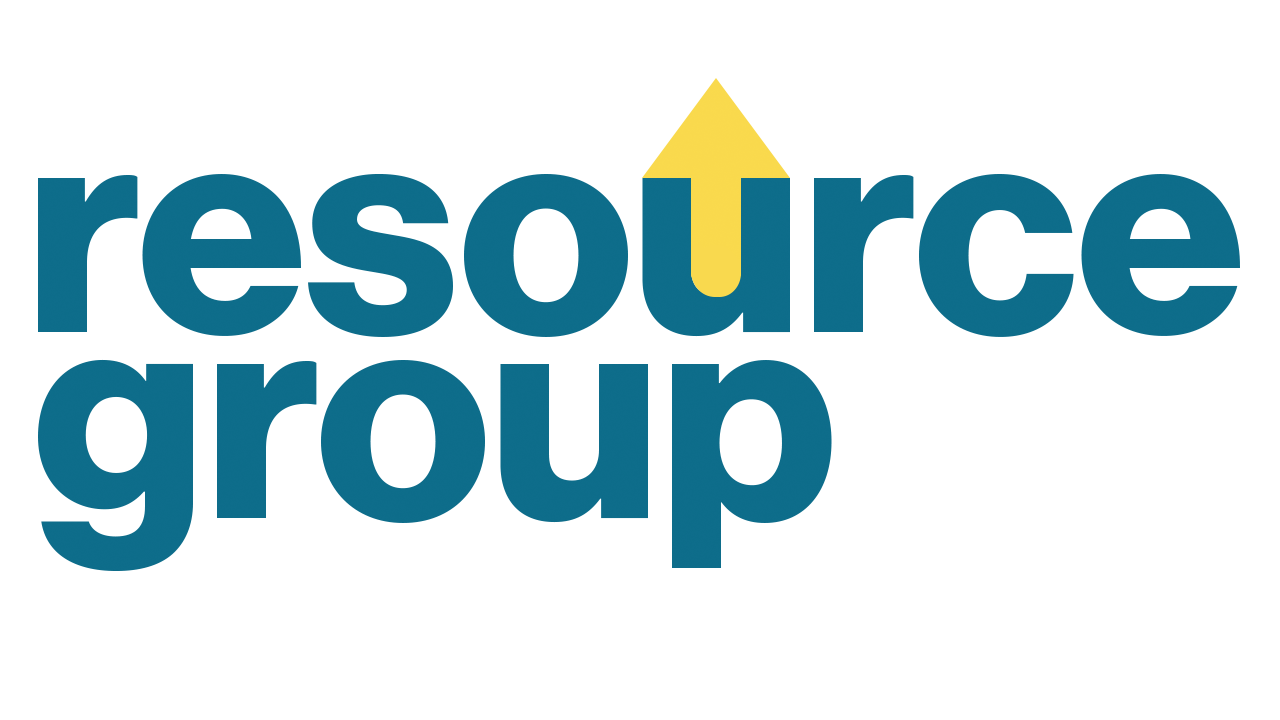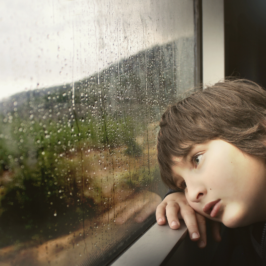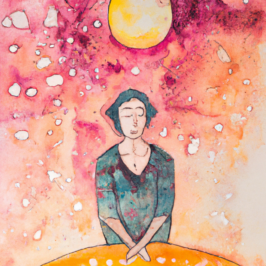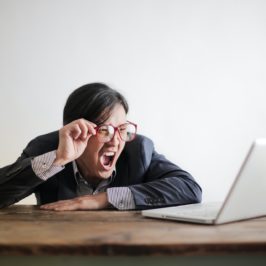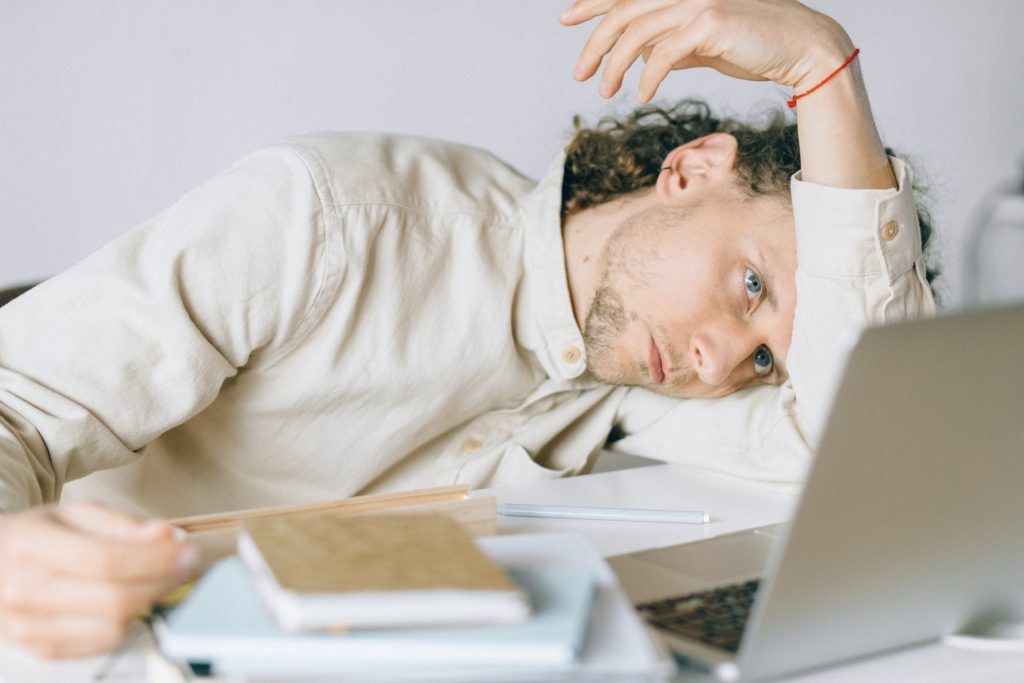
By: Brian Warner
“Like substance abuse, burnout is an illness of immoderation.” Pascal Chabot, Global Burnout
For only being about one hundred years old, the idea of a balanced life with manageable working hours and two days off every week holds a special place in American minds. Hobbies, plans, and friends outside the office are widely seen as essential parts of a healthy work-life balance and often huge draws companies use when looking to bring in new talent.
And yet, Americans are not only one of the least protected populations when it comes to guaranteed time off, we tend not to even use what we do have. Competitive offices and overbearing managers have forced many people to sacrifice the fulfillment that comes from emotional expression, personal connection, and the daily recharge that we all need to avoid burnout. It’s likely no coincidence that 44% of workers are currently reporting burnout (up from 34% at the beginning of the pandemic).
In the 1970s, though, “burnout” didn’t have anything to do with the struggle between work-life balance. It was a slang term for extreme drug use – something psychoanalyst Herbert Freudenberger saw first-hand through his work at a New York City free substance use clinic. As he saw himself and the clinicians and caregivers around him get more and more ground down by their long hours and punishing workload, he noticed parallels between himself and his patients. They felt exhausted and angry and empty. He and the rest of the staff started calling themselves “burned out” too.
Like a lot of problems, identifying burnout is one of the biggest hurdles in overcoming it to move forward. The clear path out that it creates also shines a light on any unhealthy – or even destructive – attitudes that’ve been picked up in order to get through the day. The time we spend outside of work is, in many ways, the most important part of the day and the biggest insight into the kind of office you’re a part of. It can reveal what you’re carrying home from the office, what it’s doing to your mental health, and what you’re doing to cope.
But as much as we talk about coping skills, not all coping is created equal. The goal might always be to feel better after a bad day at work, but patterns we get into can sometimes end up being worse for us in the long-term.
Picture yourself getting home from a bad day at work; how would the rest of your night look?
If it involves alcohol, you’re far from being alone. Happy Hour has become a ubiquitous part of office culture for good reason – almost 40% of Americans believe that after-work drinks are a good way to bond with their team. The average American currently spends upwards of $3,000 every year doing so. In a British survey, more than 60% of adults reported that alcohol was their first choice as a way to unwind after work (there was some overlap in ways to destress, but that’s still quite a bit more than the 28% who said that they relaxed by spending time with their children and the 26% who preferred a conversation with their partner).
For some of us, information encouraging us to lean into behavior like this seems like it’s everywhere. Who hasn’t heard tips like that they should “Drink a glass of wine to get to bed” or seen cutened-up phrases like “Mommy Juice” on countless wine glasses? But even though it seems like alcohol can be a cure-all on sleepless nights, by disrupting brain waves, reducing the amount of REM sleep you’re able to experience, and exacerbating sleep apnea symptoms, it actually leaves us feeling more fatigued the next morning, not less. And a recent study from the NIAAA found that, from 2002 to 2013, problem drinking increased by almost 84% among American women. Even the old advice that a glass or two of wine every night is heart-healthy is being given a second look.
A similar attitude surrounds some drug use, especially as marijuana has become medically and/or recreationally legalized in some states in the past few years. In a recent survey by cannabis company Verilife, 39% of people said that they turned to marijuana to cope with feelings of burnout, and 37% of people turned to cannabidiol (CBD) for the same reason. A massive 93% of millennials already using cannabis said that they used the drug to help with feelings of burnout.
It’s important to remember, though, that marijuana’s often-used “natural” label isn’t exactly telling the whole story. Dr. Christopher Blazes (yes, that really is his last name), a clinical assistant professor of psychiatry and emergency medicine at Michigan Medicine, says,
People are smoking marijuana that contains vastly higher concentrations of THC, which is what produces the psychological effects and the feeling of being high . . . [The cannabis of today] is a much more powerful drug — and it’s more likely to cause psychiatric complications in terms of psychosis, agitation, and paranoia.
These kinds of coping mechanisms only got worse during the pandemic. About 42% of people polled in 2020 reported that they’d been drinking while on the clock. This is almost doubled from 2016, when 24% of people polled said that they sometimes drank at work.
Similarly, according to the Centers for Disease Control and Prevention, nearly 43 million Americans reported in 2020 that they’d started or increased their drug use since the start of the pandemic. Not only have opioid overdoses risen by 30% since before the pandemic but, just as burnout, depression, and anxiety have risen in the past two years, 52% of employers are now worried about “significant workplace issues” with substance misuse or addiction by employees (up from 36% at the beginning of the pandemic).
It’s no one’s fault that habits like these form. We’re all trying to fit 48 hours’ worth of life into 24, and it’s easy to latch onto whatever coping mechanisms seem to help us get there when we start to feel overwhelmed.
While it may not be the first choice for more than 60% of British adults, engaging with the relationships that are important to us is always one of the best things you can do for our mental health. The CDC recently looked at how connectedness with the people around us impacts mental health; studied during the pandemic, when socializing was a challenge for most (if not all) of us, they found that people who felt close to others around them had a much lower prevalence of poor mental health (28.4%) than those who didn’t (45.2%). Even substance-free behaviors, like binge-watching TV or spending the whole evening scrolling through Instagram, isolate us from these relationships.
Herbert Freudenberger described his own experience with burnout, saying,
I have come to realize that people, as well as buildings, sometimes burn out. Under the strain of living in our complex world, their inner resources are consumed as if by fire, leaving a great emptiness inside, although their outer shells may be more or less unchanged . . . Only if you venture inside will you be struck by the full force of the desolation.
Fire, though, can have many uses. It can destroy a house, or heat one. It can burn a forest down, or start the process to rejuvenate plant life. Emotional burnout can push people toward substances and away from their passions, or be an important signal that they’ve been putting up with something wrong for too long. It gives us the chance to look at, as Freudenberger put it, the “great emptiness inside,” and do our best to create something new.
DISCLAIMER
The information, including but not limited to, text, graphics, images and other material contained on this website are for informational purposes only. No material on this site is intended to be a substitute for professional medical advice, diagnosis, or treatment. Always seek the advice of your physician or other qualified healthcare provider with any questions you may have regarding a medical condition or treatment and before undertaking a new health care regimen, and never disregard professional medical advice or delay in seeking it because of something you have read on this website
